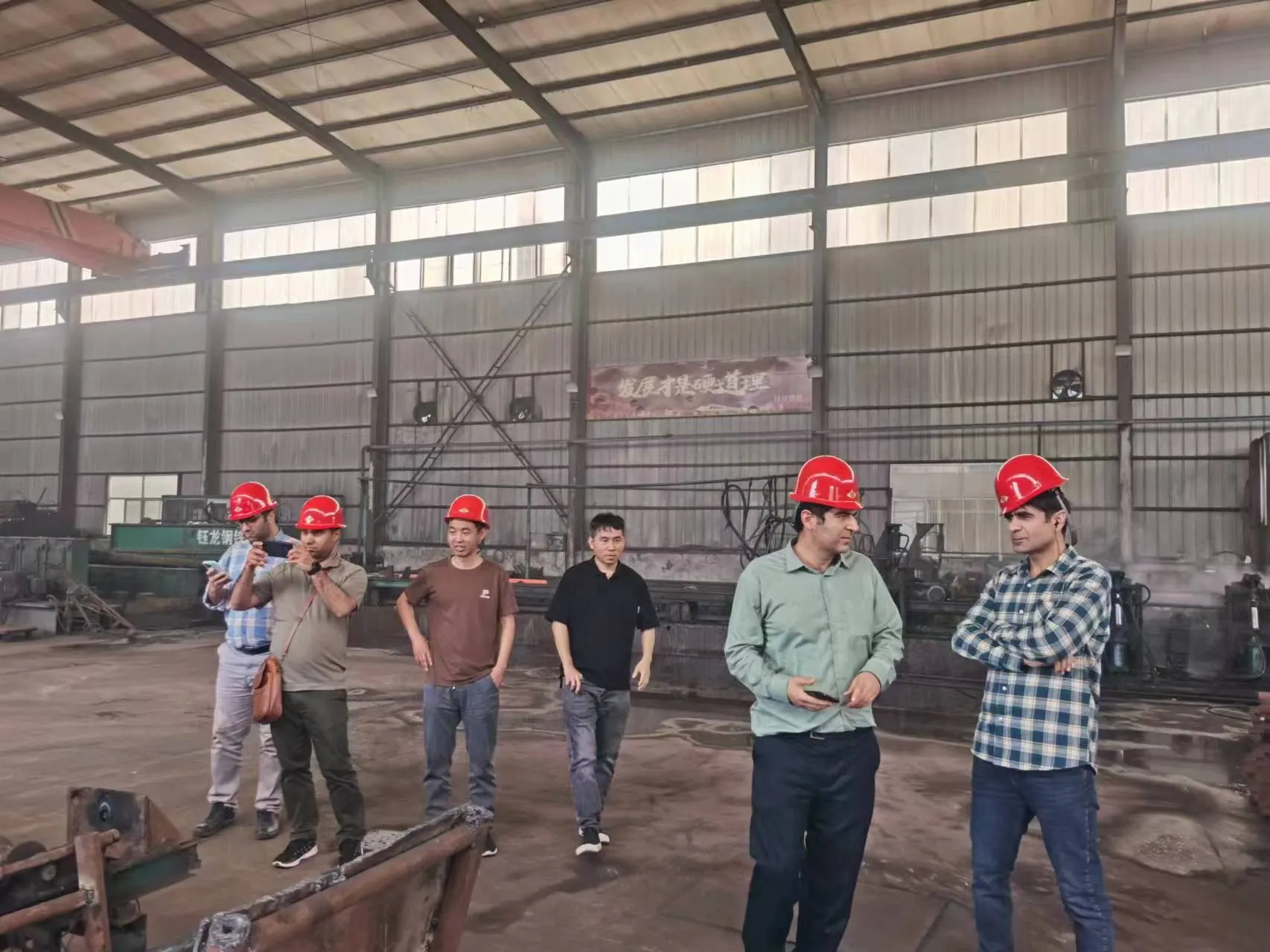-
Cangzhou Yulong Steel Co., Ltd.
-
Phone:
+86 13303177267 -
Email:
admin@ylsteelfittings.com
- English
- Arabic
- Italian
- Spanish
- Portuguese
- German
- kazakh
- Persian
- Greek
- French
- Russian
- Polish
- Thai
- Indonesian
- Vietnamese
- Zulu
- Korean
- Uzbek
- Hindi
- Serbian
- Malay
- Ukrainian
- Gujarati
- Haitian Creole
- hausa
- hawaiian
- Hebrew
- Miao
- Hungarian
- Icelandic
- igbo
- irish
- Japanese
- Javanese
- Kannada
- Khmer
- Rwandese
- Afrikaans
- Albanian
- Amharic
- Armenian
- Azerbaijani
- Basque
- Belarusian
- Bengali
- Bosnian
- Bulgarian
- Catalan
- Cebuano
- China
- China (Taiwan)
- Corsican
- Croatian
- Czech
- Danish
- Esperanto
- Estonian
- Finnish
- Frisian
- Galician
- Georgian
- Kurdish
- Kyrgyz
- Lao
- Latin
- Latvian
- Lithuanian
- Luxembourgish
- Macedonian
- Malgashi
- Malayalam
- Maltese
- Maori
- Marathi
- Mongolian
- Myanmar
- Nepali
- Norwegian
- Norwegian
- Occitan
- Pashto
- Dutch
- Punjabi
- Romanian
- Samoan
- Scottish Gaelic
- Sesotho
- Shona
- Sindhi
- Sinhala
- Slovak
- Slovenian
- Somali
- Sundanese
- Swahili
- Swedish
- Tagalog
- Tajik
- Tamil
- Tatar
- Telugu
- Turkish
- Turkmen
- Urdu
- Uighur
- Welsh
- Bantu
- Yiddish
- Yoruba

Jan . 01, 2025 08:11 Back to list
Understanding Mandrel Bending Techniques for Pipe Fabrication and Design Applications
Understanding Mandrel Bent Piping Innovations in Pipe Design
In the realm of piping systems, efficiency and reliability are paramount. One of the most advanced techniques employed in modern piping design is mandrel bending. This process not only enhances the performance of piping networks but also offers significant advantages in terms of material usage and design flexibility.
What is Mandrel Bending?
Mandrel bending is a method used to bend pipes and tubes with precision and without compromising their structural integrity. In contrast to conventional bending techniques, which may induce kinks or deformities in the material, mandrel bending utilizes a support structure—known as a mandrel—inside the pipe. This mandrel provides internal support during the bending process, ensuring that the cross-section of the pipe remains stable and intact. The result is a smooth, uniform bend that is crucial for maintaining optimal flow characteristics in fluid transport applications.
Applications of Mandrel Bent Piping
Mandrel bent piping is widely used in various industries, including oil and gas, automotive, aerospace, and construction. In the oil and gas sector, for instance, pipes are often required to navigate complex terrains and layouts, necessitating intricate bends. Mandrel bending allows for these curves without reducing the pipe’s diameter or strength. This is critical for minimizing resistance to fluid flow and preventing potential blockages.
In automotive applications, mandrel bent pipes are frequently utilized in exhaust systems. The smooth bends allow for better exhaust flow, which can enhance engine efficiency and performance. Similarly, in aerospace, lightweight and strong mandrel bent tubing is essential for fuel lines and other critical systems. The precision of this technique is vital, as any irregularities could lead to failures in highly sensitive environments.
Benefits of Mandrel Bending
mandrel bent piping

One of the primary benefits of mandrel bending is the reduction of material waste. Traditional bending methods often require excessive cutting and shaping of materials, leading to increased costs and environmental impact. Mandrel bending, by contrast, allows for more efficient use of materials, as the process can produce bends with tight radii while maintaining the pipe’s structural integrity.
Moreover, mandrel bending provides a higher level of customization. Pipes can be designed to meet specific requirements, including diameter, wall thickness, and bend radius. This flexibility is invaluable for engineers and designers who are increasingly tasked with creating tailored solutions for unique challenges.
Challenges and Considerations
Despite its advantages, mandrel bending is not without its challenges. The process requires specialized equipment and skilled operators to achieve the desired results. The cost of mandrel bending machinery can be higher than that of traditional bending machines; however, the long-term benefits often outweigh the initial investment. Additionally, not all materials can be bent easily, which can limit the options available to engineers when designing piping systems.
The Future of Mandrel Bent Piping
As industries evolve and the demand for efficient, reliable piping systems increases, mandrel bending is poised for growth. Advances in technology, including automation and computer numerical control (CNC) methods, are enhancing the precision and efficiency of the mandrel bending process. These innovations are likely to make mandrel bent piping more accessible and cost-effective for various applications.
In conclusion, mandrel bent piping represents a significant advancement in the field of piping design and engineering. Its ability to deliver high-performance, customized solutions with minimal waste is crucial in today's fast-paced industrial environment. As technology continues to progress, mandrel bending will undoubtedly play an integral role in the future of piping systems across multiple sectors.
Latest news
-
ANSI 150P SS304 SO FLANGE
NewsFeb.14,2025
-
ASTM A333GR6 STEEL PIPE
NewsJan.20,2025
-
ANSI B16.5 WELDING NECK FLANGE
NewsJan.15,2026
-
ANSI B16.5 SLIP-ON FLANGE
NewsApr.19,2024
-
SABS 1123 FLANGE
NewsJan.15,2025
-
DIN86044 PLATE FLANGE
NewsApr.19,2024
-
DIN2527 BLIND FLANGE
NewsApr.12,2024
-
JIS B2311 Butt-Welding Fittings LR/SR 45°/90° /180°Seamless/Weld
NewsApr.23,2024











